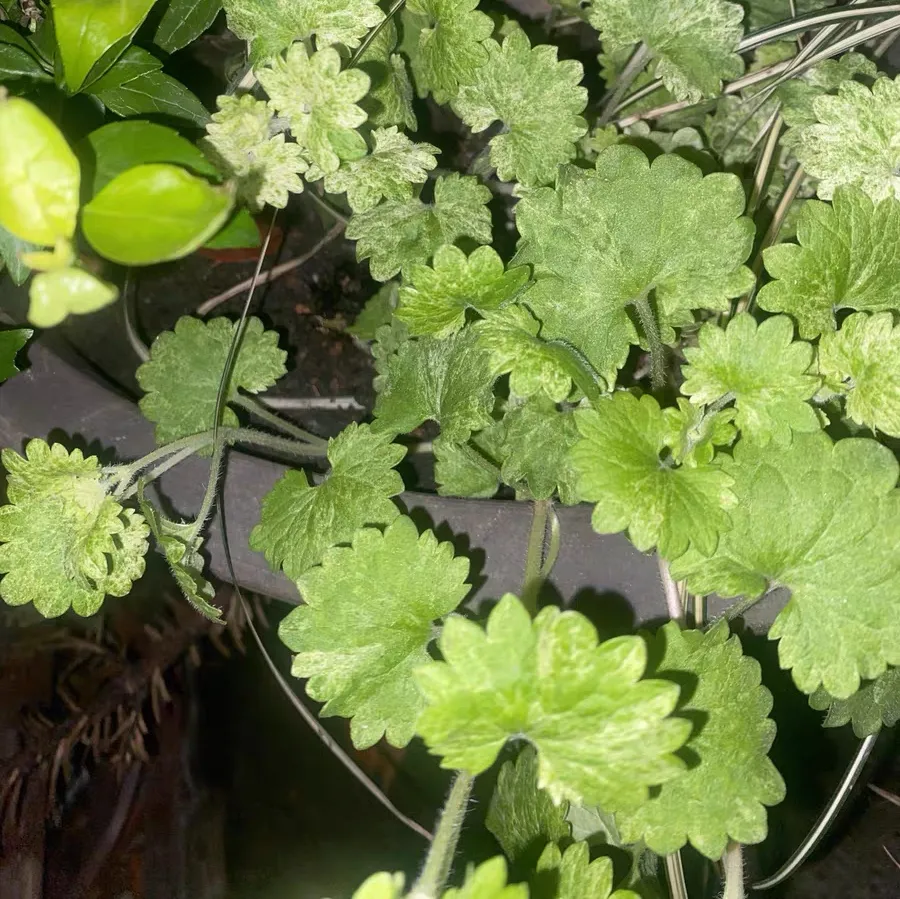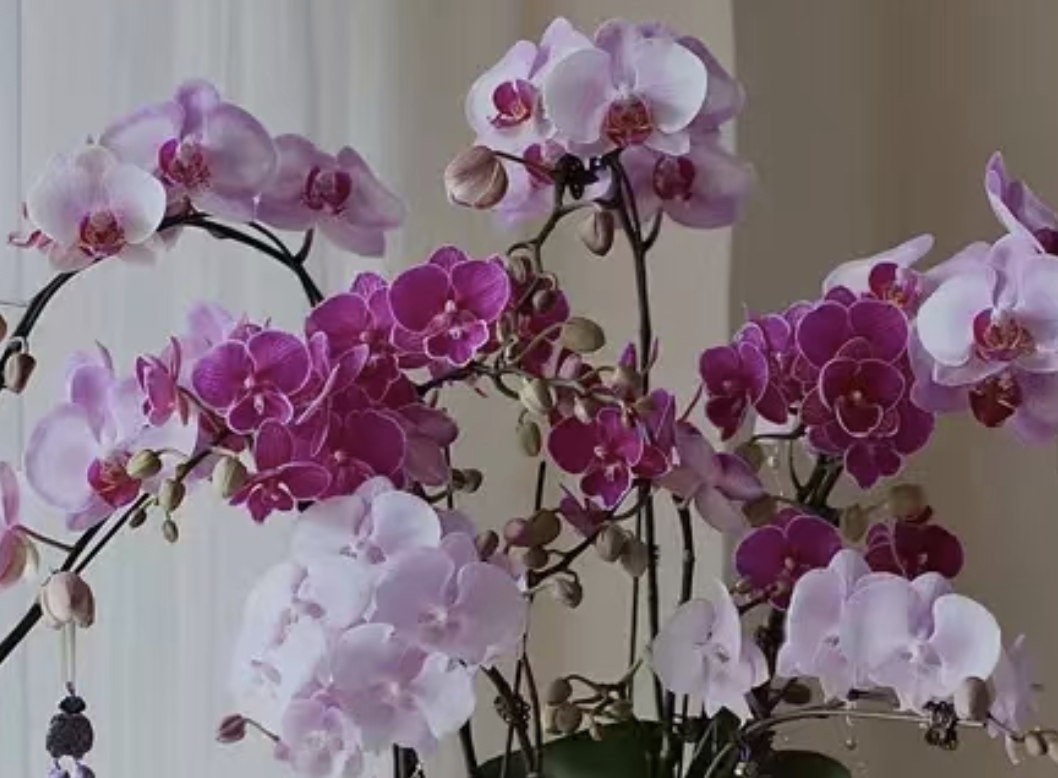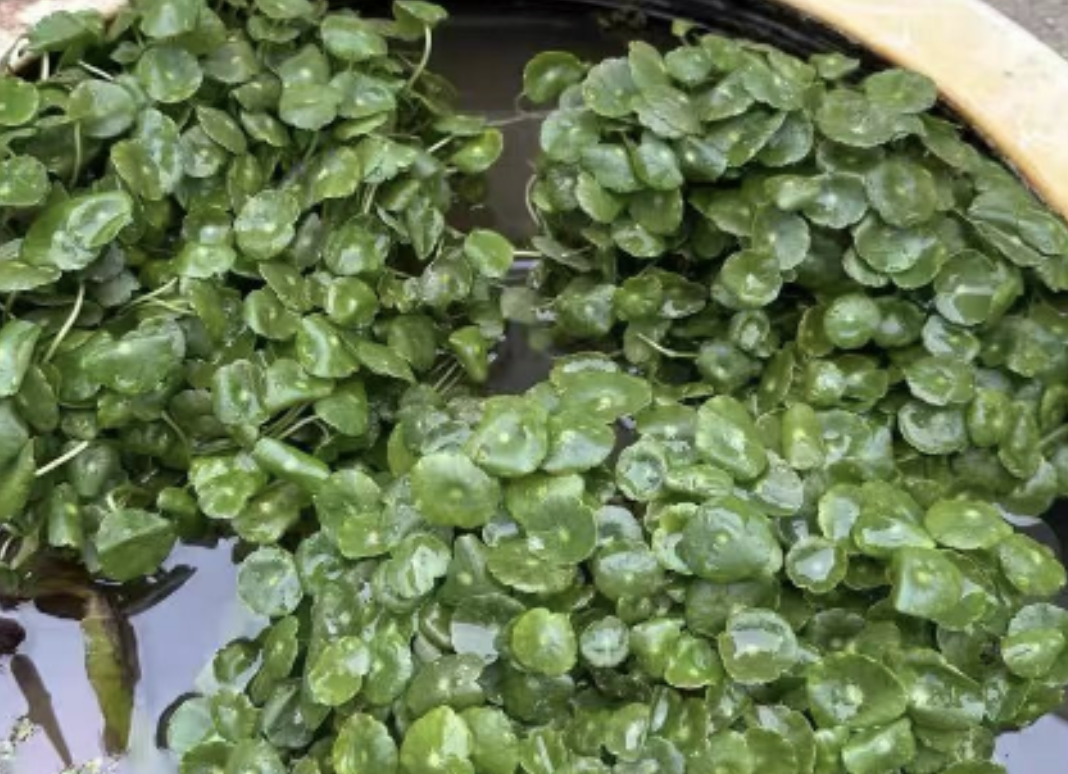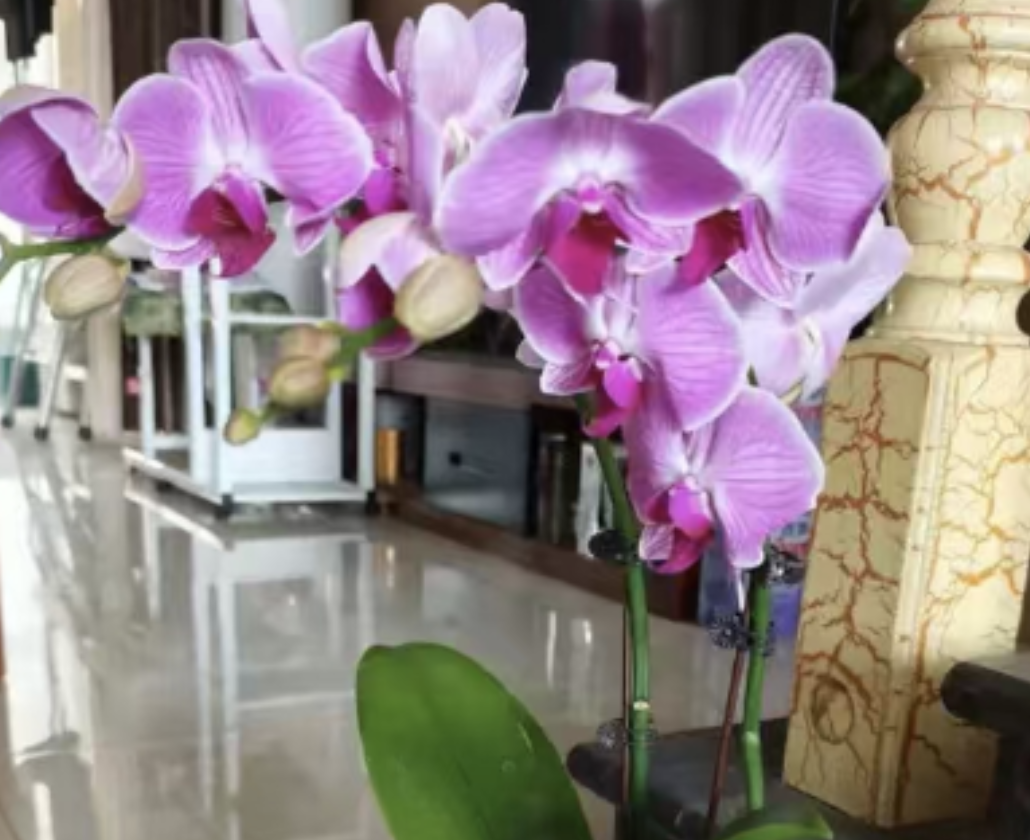Novice gardeners and those with a knack for killing plants are always on the lookout for plants with strong vitality. Today, I'd like to introduce several "weed - level" plants. If you manage to kill them, I'll take the blame. However, their reproductive capacity is extremely strong, and when planted in the ground, they can easily overrun the area. Flower enthusiasts with limited planting space must be cautious!
**Variegated Glechoma hederacea**
Variegated Glechoma hederacea is an evergreen vine of the Lamiaceae family. It has good shade tolerance and prefers a moist environment. When its leaves are crushed, they emit a fragrance, so it is often used as ground cover or a hanging plant. Its branches are thin, the leaves are small and kidney - shaped, with white patches on the leaf edges. In winter, after frost, the leaves will turn slightly red, and it will bloom small lavender flowers from April to May.
Don't be fooled by its delicate appearance. When planted in the ground, its growth rate is amazing. Some were planted in the small garden next to the office, and soon they grew into a large patch, robbing other plants of their growing space. We pulled them out several times, but couldn't get rid of them completely. It is recommended to keep it as a hanging plant or plant it beside the pot as a combined potted plant. It can survive the winter outdoors in central regions, but needs protection in the north.
**Evening Primrose**
Evening Primrose is a perennial herb of the Onagraceae family, about 50cm tall. Its leaves are lanceolate with sparse teeth on the edges. Usually, 2 flowers grow in the axils of the upper leaves of the stem. It has 4 pink petals and a fragrance, with a flowering period from April to August.
It has super strong adaptability, being drought - tolerant, heat - resistant, sun - loving, and able to tolerate poor soil. It can even survive normally at minus 10 degrees and has a strong self - seeding ability. Parks and scenic spots often use it to create flower seas. But ordinary flower enthusiasts must be careful when planting it in the ground. Under the peach forest behind our garden, there are all self - sown evening primroses, and it's really hard to eradicate them. It's recommended to enjoy them in pots.
**Pennywort**
Pennywort is a perennial creeping herb with slender stems that take root at the nodes. Its leaves are round or round - shield - shaped, about the size of a copper coin, and have an extremely strong spreading ability. It can be grown in soil or water, and can survive as long as there is water and light.
Never underestimate its vitality. Once planted in the ground, it can quickly grow into a large area. A few plants were thrown on the lawn in front of Haima's White House, and now they have overwhelmed the lawn. If you want to grow pennywort, you'd better keep it in a pot.
**Mint**
Mint is a perennial herb of the Lamiaceae family, with many varieties such as apple mint and lemon mint. It has a fresh fragrance, and many varieties are edible. It tolerates shade and likes moisture, and can grow with 3 hours of scattered light.
Mint has a super strong reproductive capacity. As long as there are roots, it can grow and soon fill a large area. Unless you shovel out all the roots, it will sprout again after a rain. It is recommended to grow it in a pot, and you can also pinch the tips to make the plant shape fuller.
**Clover, Wild Oxalis**
Clover and wild oxalis are often used as ground cover plants in municipal greening. They have strong adaptability and vitality. For example, Oxalis corymbosa, after being planted, basically doesn't need management and can grow into a large patch in a year. Horticultural varieties are relatively weaker, but it's still safer to grow them in pots.
**Chinese Trumpet Vine**
Chinese Trumpet Vine is a climbing vine with beautiful flowers and a long flowering period, often used to create flower walls and flower waterfalls. It is drought - tolerant, cold - tolerant, and can tolerate poor soil, with a fast growth rate. In two or three years, it can grow to cover the sky and the sun, and will also occupy the growing space of other plants. When planting it in the ground, it is recommended to plant it in a pot and then place the pot in the ground, or plant it in a flower bed built with cement.
What are the plants that are easy to overgrow?

Share with
Tagged in :




Leave a Reply